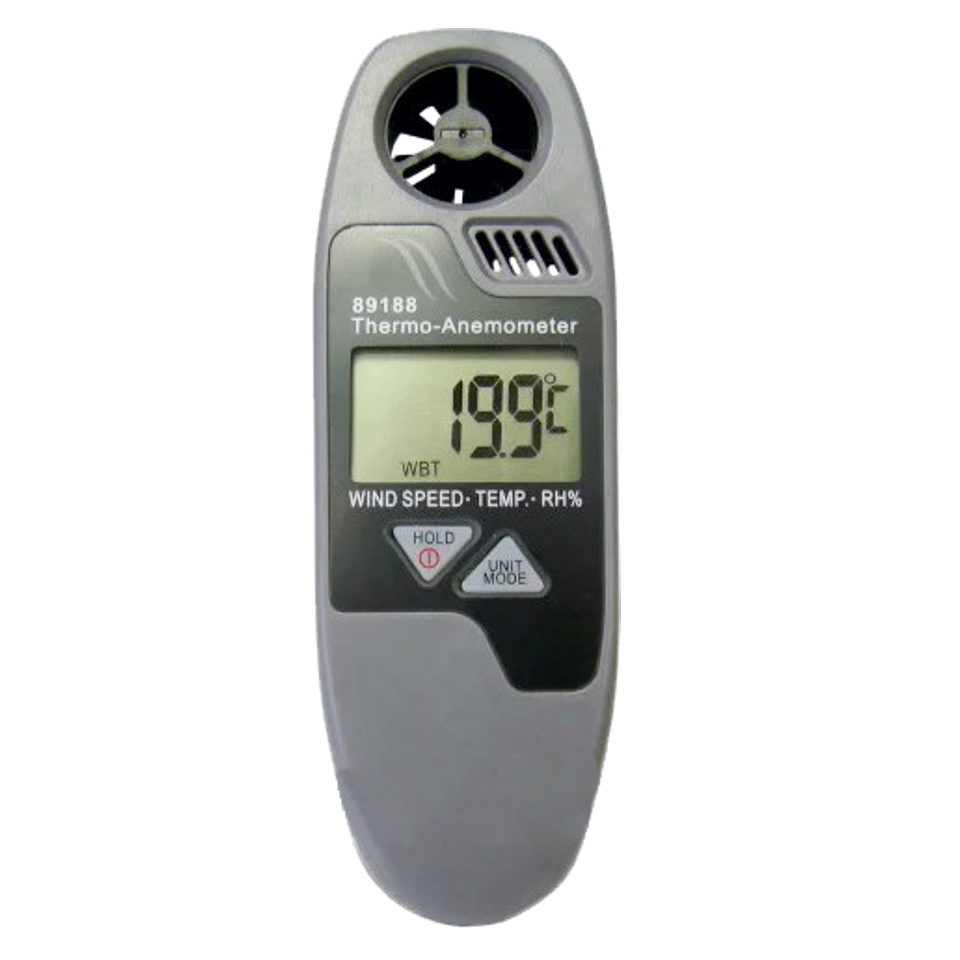How to Maintain and Care for Your Anemometer to Ensure Longevity
Anemometers Introduced: Understanding Their Significance in Ecological Surveillance and Precaution
The duty of anemometers in ecological surveillance and precaution is often underestimated, yet their significance is undeniable. These instruments have a lengthy background rooted in clinical query and technical developments, developing to become vital tools in numerous areas. From meteorology to aviation safety and security, anemometers play a critical duty in offering accurate information that notifies decision-making processes and boosts total security. Understanding the details of anemometers reveals a world of essential understandings that are fundamental to our understanding of the setting and the procedures we take to make certain security.
History of Anemometers
The advancement of anemometers can be traced back to the old civilizations where fundamental wind measuring gadgets were initial utilized. These early wind dimension tools laid the foundation for the growth of more advanced anemometers gradually. One of the earliest recognized anemometers was the hemispherical mug anemometer invented by Leon Battista Alberti in the 15th century. This style was composed of 4 hemispherical cups that gathered wind power, giving a measurement of its intensity based on the rate of turning.
Over the years, improvements in modern technology led to the growth of more contemporary anemometers, including ultrasonic anemometers and laser Doppler anemometers, offering raised accuracy and effectiveness in determining wind speed and direction. The background of anemometers showcases an exceptional journey of development and progress in the area of weather forecasting.
Sorts Of Anemometers
Throughout the field of weather forecasting, numerous sorts of anemometers have been created to precisely determine wind speed and instructions. The most usual kind is the cup anemometer, which includes three or four mugs installed on horizontal arms that revolve with the wind. As the cups rotate, the rate at which they rotate is straight symmetrical to the wind rate. One more commonly used kind is the vane anemometer, which features a tail or fin that straightens itself with the wind direction. This placement permits the tool to figure out the wind direction. Sonic anemometers make use of ultrasonic signals to determine wind rate and direction accurately. They are commonly utilized in research applications as a result of their high precision. Hot-wire anemometers run based on the concept that the cooling effect of wind on a warmed wire is symmetrical to the wind speed. These anemometers are appropriate for measuring low wind rates with high accuracy. Each kind of anemometer has its staminas and is chosen based upon the particular needs of the tracking job at hand.
Applications in Meteorology
Having talked about the different kinds of anemometers made use of in their website meteorology for measuring wind speed and direction, it is vital to discover their sensible applications in the area. Anemometers play an important function in meteorology by giving real-time and accurate information on wind problems (anemometer). Meteorologists make use of anemometers to monitor wind rate and instructions to anticipate weather condition patterns, problem warnings for serious weather events like twisters, storms, and typhoons, and evaluate atmospheric conditions for aeronautics safety and security
In weather forecasting, anemometers assist in understanding regional and neighborhood wind patterns, which are important for predicting weather condition changes and determining weather trends. These devices are additionally utilized in research to examine microclimates, metropolitan warm islands, and air pollution dispersion. In addition, anemometers are employed in farming to enhance crop monitoring techniques, such as irrigation and chemical application, based on wind conditions.
Relevance in Air Travel Security
An essential element pop over to these guys of ensuring air travel safety depends on the meticulous tracking of wind problems making use of anemometers. Anemometers play a vital role in air travel by offering real-time information on wind speed and instructions, helping pilots in making notified choices during landing, trip, and liftoff. Solid and unpredictable winds can dramatically impact airplane procedures, making it necessary for aviation authorities to count on exact wind measurements to make sure the safety and security of passengers and team.

In the vibrant environment of air travel, where also minor adjustments in wind speed and instructions can have profound impacts, anemometers stand as indispensable tools for advertising protected and risk-free air travel.
Function in Environmental Study
Anemometers play an important function in ecological research study by giving crucial information on wind rate and instructions. By properly gauging wind characteristics, anemometers help scientists assess the activity of toxins in the click for source air, analyze the influence of commercial discharges, and anticipate the spread of pollutants in the atmosphere.


Verdict
In verdict, anemometers have played a vital role in ecological monitoring and safety and security procedures. Comprehending the significance of anemometers is crucial for precisely measuring wind rate and direction, which is crucial for predicting climate patterns, guaranteeing safe air travel procedures, and performing environmental researches.
One of the earliest recognized anemometers was the hemispherical mug anemometer created by Leon Battista Alberti in the 15th century. Over the years, innovations in innovation led to the growth of more modern-day anemometers, including ultrasonic anemometers and laser Doppler anemometers, using increased precision and performance in measuring wind rate and instructions. Hot-wire anemometers operate based on the principle that the cooling result of wind on a heated cable is symmetrical to the wind speed. Meteorologists utilize anemometers to check wind speed and direction to anticipate climate patterns, issue warnings for serious climate events like hurricanes, hurricanes, and storms, and analyze climatic problems for aviation safety.
Comprehending the value of anemometers is essential for precisely determining wind rate and instructions, which is essential for forecasting climate patterns, ensuring risk-free aeronautics procedures, and performing ecological studies. (anemometer)